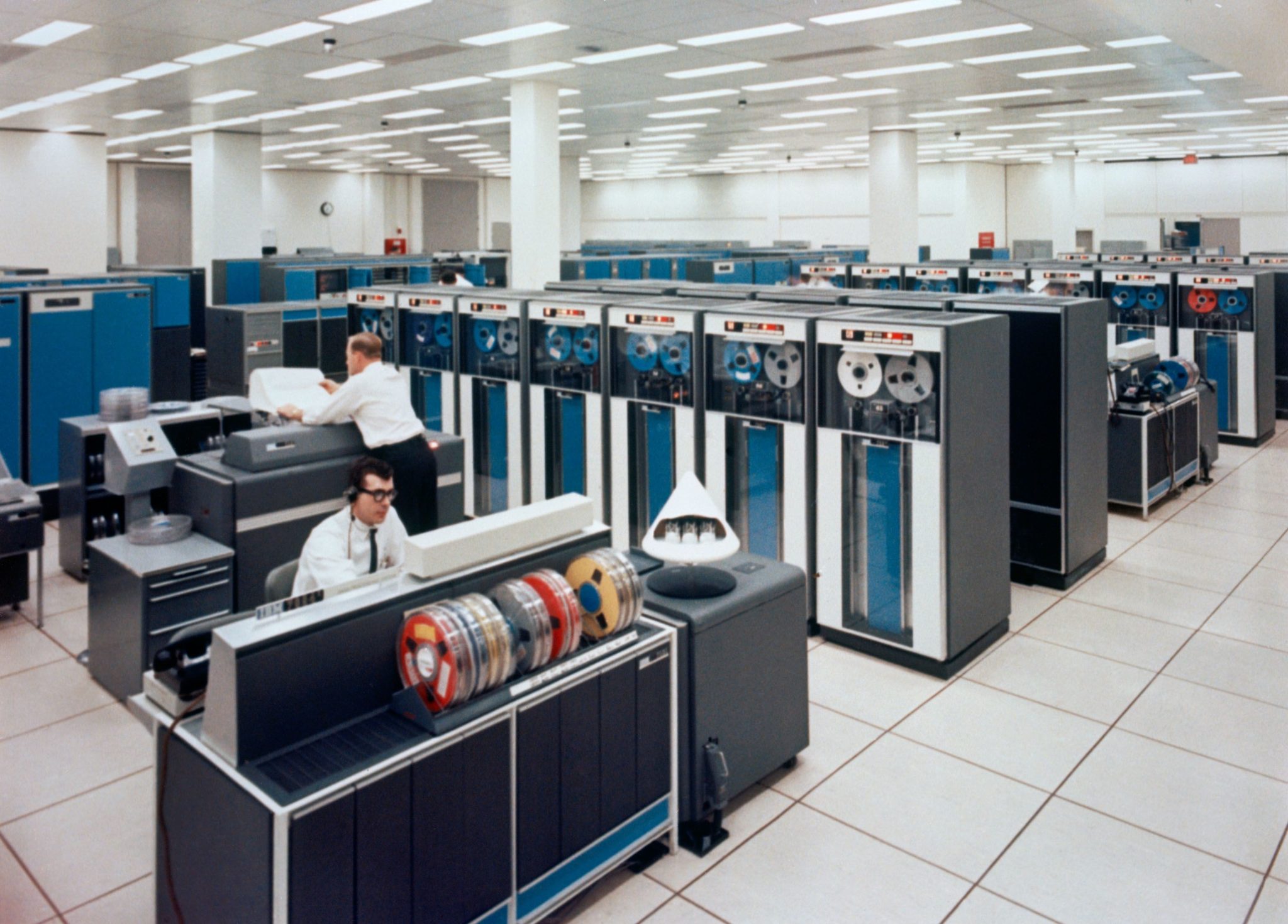
Trademark COBOL programmer smugness is once again in fashion (was it ever out?), after the governor of New Jersey made a desperate plea for volunteers able to code in the 61-year-old language.
His request for help came after the state scrambled to update mainframe-based applications handling unemployment insurance, after the state faced over 200,000 applications in a week.
Phil Murphy said his staff were doing a “heck of a job”, but that “we have systems that are 40-plus years old… how the heck did we get here when we literally needed cobalt [sic] programmers?”
The request triggered an abundance of wry responses on social media.
Nerds: let's do a hackathon to find ways that programmers can fight covid-19
NJ Gov: unemployment system is falling over and we need COBOL programmers
Nerds: not like that,
— Roni loves Chachi (@moonpolysoft) April 5, 2020
A recap: COBOL, once the staple of software development, is considered sufficiently obsolete or at least unfashionable, that it has long fallen off most computer science courses, despite still underpinning the global financial services sector.
As Quartz notes: “It became a staple of mainframes and, in the past couple of decades, a byword for dusty legacy code.”
25yrs ago today I started out as a trainee #COBOL programmer.
People told me I was mad, it was a dead language. I didn’t care, we were just out of recession, I needed a job, had applied for about 50, nobody hiring.
Today I will mostly be spending the day writing COBOL. ?♂️
— Steve Lutwyche (@stevelutwyche) April 6, 2020
Yet as New Jersey’s travails highlighted for many, COBOL remains vital.
Years of application tweaking on systems that have been running for 30+ years mean code bases are typically substantial.
The average COBOL code base runs to 9.9 million lines, according to the UK’s Micro Focus, which in a 2020 survey found that 70 percent of enterprises expect to modernise existing applications running on mainframes as part of their strategic change programmes, rather than retiring them.
Congrats youre one of a billion java devs, meanwhile those 20 cobol guys control the worlds ATMs
— Ellie, #1 Picross Detective?️⚧️?️? (@adorableIronPaw) April 5, 2020
We spoke today to one UK COBOL developer about his experience of the industry and current demand for/attitudes to experienced mainframe developers.
The veteran programmer, working for a global blue chip, said: “We are a big IBM shop but, like everyone else, they want to ‘modernise’. However, at the back end we have heavy reliance on very good, solid and dependable mainframe apps. Some of our core systems are 35-years-old, they just keep doing what they do.
See also: Swisscom Dumps Mainframes for Private Cloud – Cuts IT Costs 60%
“The challenge to me is outsourcing. It has been done by the bean-counters to make it cheap, but the people those outsourcers employ are woefully inexperienced, hence unable to act effectively in a time of crisis. Meanwhile many of my colleagues are being let go because of IR35, hence lots of guys are retiring early. I have been to two ‘retirement parties’ on Skype in the past week for guys with 35 years’ experience. “
He added: “Nobody is coming in to replace them because apparently some kid fresh out of college elsewhere will be able to fill the gap. It’s a recipe for disaster…”






